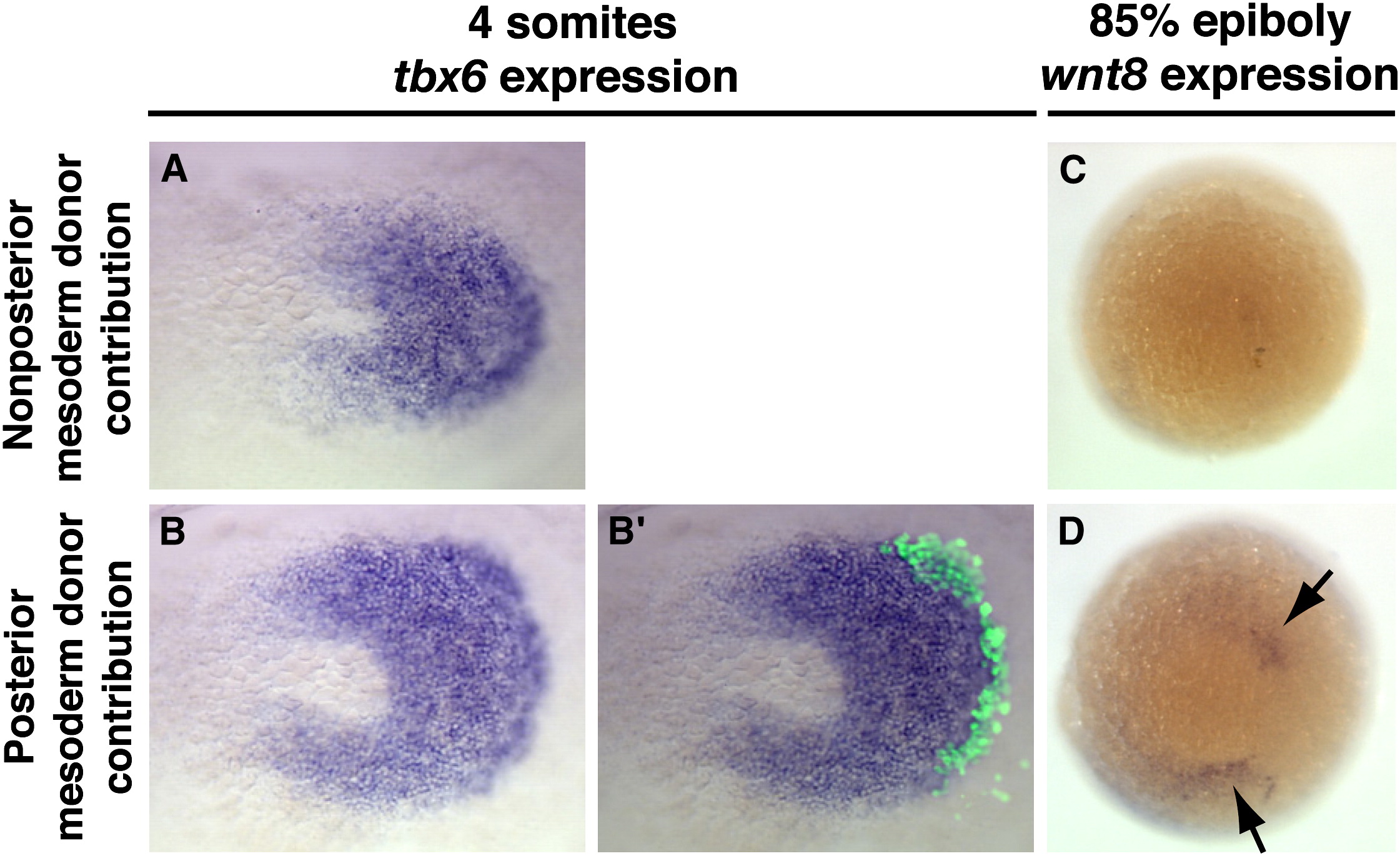Fig. 4 Wild-Type Cells Nonautonomously Rescue tbx6 Expression in Embryos Lacking Ntl/Bra
Cells from wild-type embryos injected with fluorescein dextran were transplanted into unlabeled host embryos coinjected with MO2 and the ntl MO. At the indicated stage, host embryos were separated into groups based on the presence or absence of donor cells in the prospective posterior mesoderm (the tailbud at the four-somite stage) and stained for tbx6 (A–B′) or wnt8 (C and D). Host embryos containing donor cells in the prospective posterior mesoderm show expanded tbx6 expression (B) and patches of wnt8 expression (arrows in [D]).
(B′) A merged image of tbx6 expression with fluorescence from donor cells shows that tbx6 expansion occurs in both an autonomous and nonautonomous manner.
Embryos in (A), (B), and (B′) are dorsal views of flat-mounted embryos with anterior to the left, while those in (C) and (D) are vegetal views with dorsal to the right.
Reprinted from Developmental Cell, 15(1), Martin, B.L., and Kimelman, D., Regulation of canonical Wnt signaling by Brachyury is essential for posterior mesoderm formation, 121-133, Copyright (2008) with permission from Elsevier. Full text @ Dev. Cell

